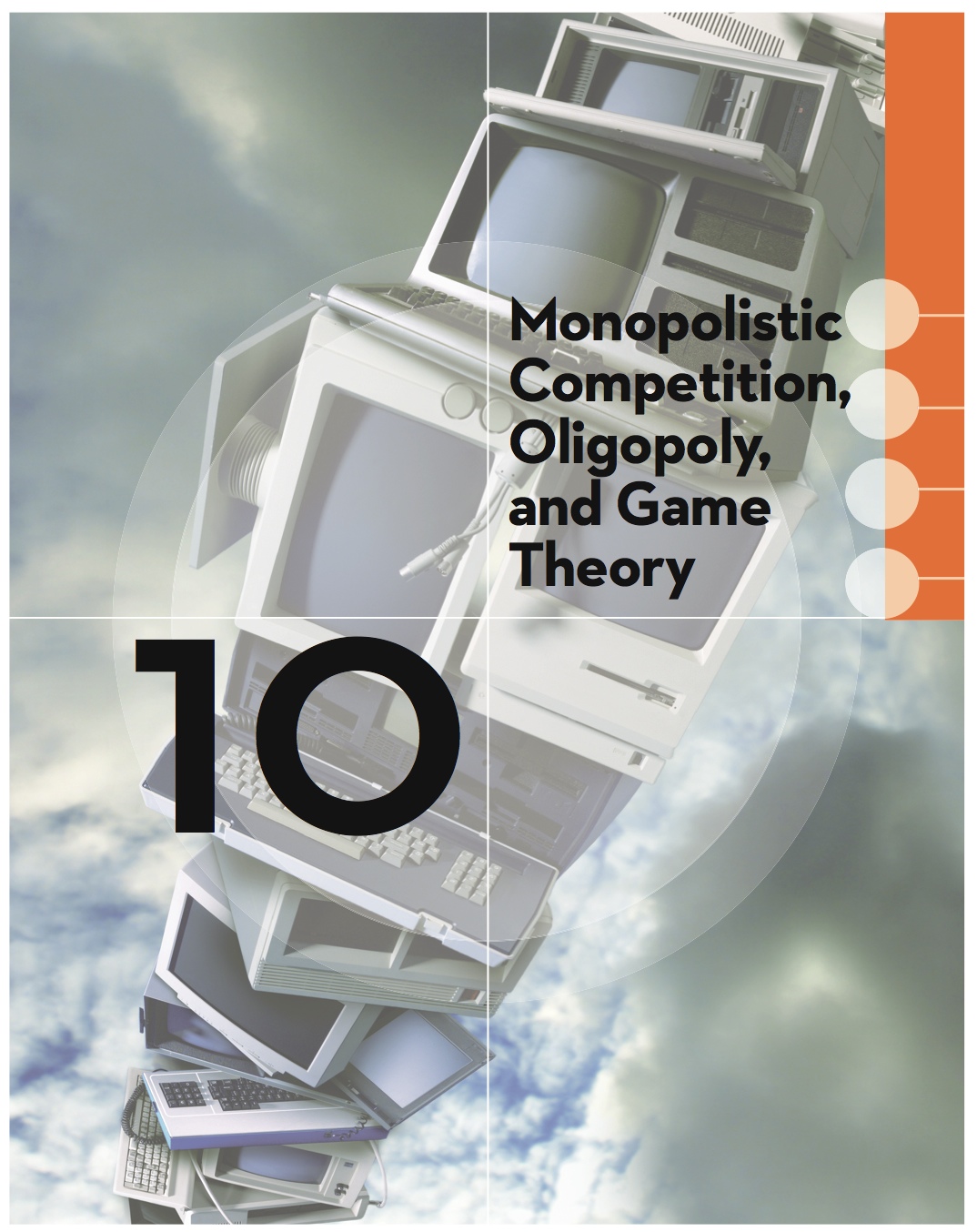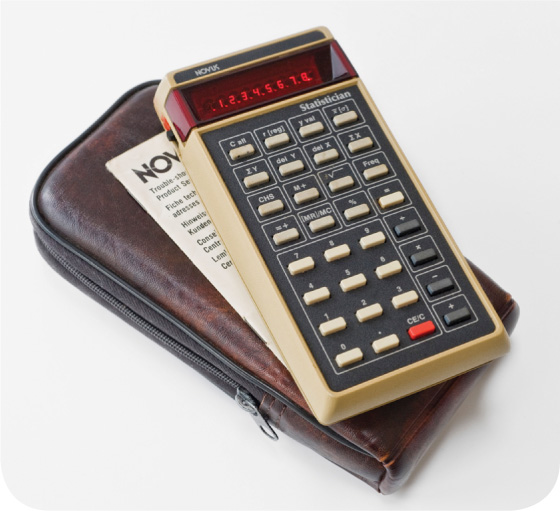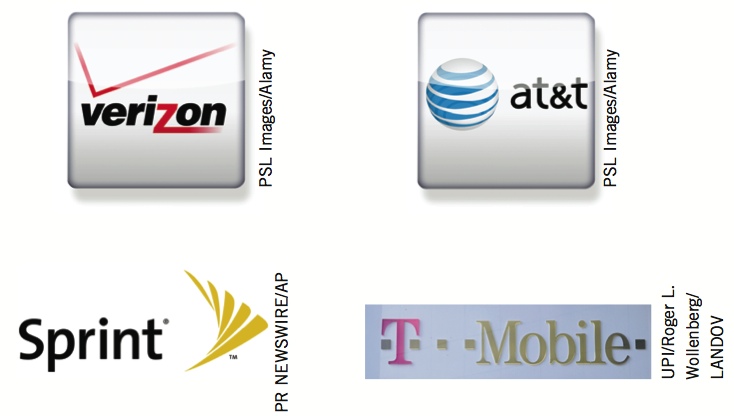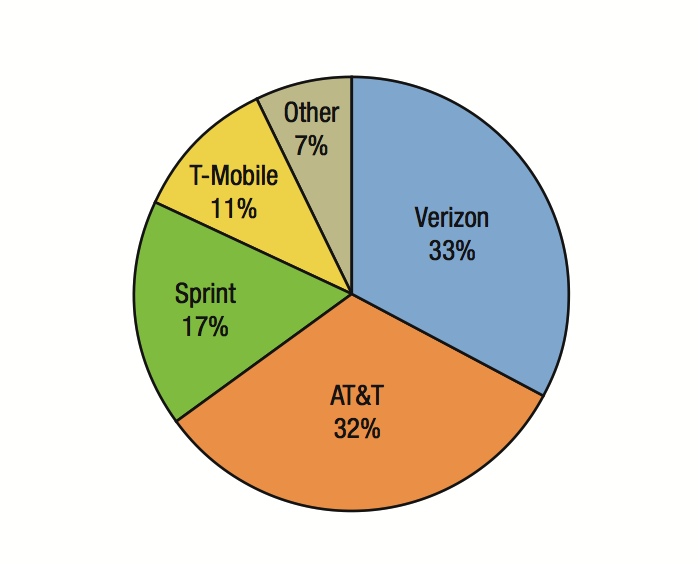Chapter Introduction
245

246
After studying this chapter you should be able to:
- Describe product differentiation and its impact on the firm’s demand curve, and how it determines the market power that a monopolistically competitive firm can exercise.
- Compare pricing and output decisions for monopolistically competitive firms in the short run and long run, and explain why firms earn only normal profits in the long run.
- Compare the efficiency of monopolistic competition to perfect competition.
- Describe cartels and the reasons for their instability.
- Describe the kinked demand curve model and why prices can be relatively stable in oligopoly industries.
- Describe the benefits of using game theory to understand oligopoly and strategic interdependence.
- Describe the basic components of a game and explain the difference between simultaneous-move and sequential-move games.
- Solve for Nash equilibria using a best-response analysis and understand their importance to economists.
- Recognize why Prisoner’s Dilemma outcomes occur and provide real-life examples of such situations.
- Explain how firms can overcome the Prisoner’s Dilemma using cooperative strategies and repeated actions.

Home computing made its debut in the early 1980s. At that time, a basic computer with a single-color monitor and disk drive (not for DVDs, but rather for 5¼-inch floppy disks—do you know what those are?) with less computing power than a basic cell phone today cost several thousand dollars. What changed over the past three decades? A combination of technology and innovation, driven by competition, spurred better products that could be produced at lower costs.
The previous two chapters studied perfect competition and monopoly, which are at the opposing extremes of market structures we typically see. Perfect competition assumes a homogeneous (identical) good, while a monopoly assumes a unique good produced by just one firm. In reality, over 90% of the goods and services we consume do not fall into either category. Most of the goods and services we consume are competitive in nature but are also differentiated (or branded) in some way.
Suppose you want a quick burger for lunch. Your choices include McDonald’s, Wendy’s, Burger King, Five Guys, and many other burger joints located in your town. The market for burgers is clearly not a monopoly. Yet, given the variety of burgers to choose from, it’s not pure competition either, unless you think that all burgers are the same—but most people do not. This chapter looks at two market structures, monopolistic competition and oligopoly, in which firms face intense competition for market share. Important differences exist between these markets in terms of the number of firms and the types of pricing strategies used. But in both market structures, pressures to remain competitive and to gain market share are important factors in a firm’s success.
These pressures limit the market power that can be exercised by monopolistically competitive and oligopolistic firms. We saw in the previous chapter that monopolies have the most market power, which is the ability to set price (and get away with it). We contrasted this with perfectly competitive firms, which are price takers: They have no ability to set price. In this chapter, we will see that monopolistically competitive firms have a very limited amount of market power. Oligopolies have more market power, but less than monopolies.
While market power is a downside of monopolistic competition and oligopoly, competitive pressures on them can result in benefits to all. Firms are constantly looking for ways to make their products better (to increase their value) or less expensive to produce. By doing so, this has led to a number of important changes in the global competitive market:
- Increase in technological development
- Increase in variety of goods and services
- Reduction in the price of inputs and resources (with economies of scale or offshoring of production)
- Reduction in transportation costs
- Reduction in trade barriers
247
Product Differentiation and Market Share
For nearly all goods and services we buy, we are faced with numerous choices: brands, features, quality, style, and more. Product differentiation is a signature characteristic of monopolistically competitive markets, and to a lesser extent oligopoly markets.

The largest fast-food chains in the United States (numbers of stores as of May 2012).

The wireless communications market is an oligopoly dominated by four large firms, controlling 93% of total market share.




Colleges and universities are differentiated by size, location, athletic prowess, and academic reputation.
Largest Universities in the United States (on a single campus in the Fall of 2012)
Arizona State University; Tempe, AZ: 60,169 students
University of Central Florida; Orlando, FL: 59,767
The Ohio State University; Columbus, OH: 56,387
Smallest Colleges in the United States
Alaska Bible College; Glennalen, AK: 38
Shimer College; Chicago, IL: 81
Sterling College; Craftsbury Common, VT: 105
248
Recall from Chapter 3 that when supply increases (shifts to the right), the market price falls and the market quantity rises. For each of the factors listed above, a corresponding increase in supply results, helping to explain why last year’s computers and smartphones cost so much less than today’s—even if the suppliers of computers and smartphones are oligopolies with some degree of market power.
The key to understanding monopolistic competition is product differentiation, as we saw in the burger example, and the key to understanding oligopolies is interdependence. By interdependence, economists mean that pricing and other decisions have to be made by taking into consideration what other firms might do. If Delta Airlines raises its prices, will United and American follow suit, or will they freeze their prices in the hope of luring Delta customers to their airlines?
To best explain interdependence, the chapter concludes by studying game theory, a modern way to examine strategy and competition. Although game theory was initially developed to analyze the behavior of interdependent oligopolistic firms, it has countless uses and applications in our daily lives. We will touch on a few of these many uses so that you can see the richness of taking a game theory approach.